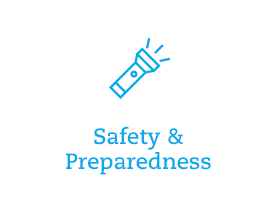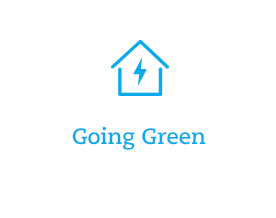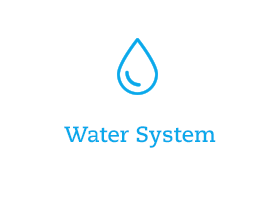Native Plants Grow Happy Here
Native plants are easy to care for and can be used in a variety of landscapes. Because they’re well-acclimated to our climate, they provide a beautiful landscape with less upkeep and lower watering costs. Native species also help create healthy habitat for wildlife, including birds and fish, and important pollinators like bees. Native plants are ones that have been in the area since before Europeans settled here. As a result, they are hardier and better adapted to our wet winters and dry summers.
Native plants and flowers combined with rocks, water features, ornaments or other landscaping features, give borders of your lawn and garden a new look. Once well-established, native species can hold the soil better and lessen erosion on slopes, especially along streams or creeks. Once planted, they need little maintenance and far less water than exotic non-native plants do.
To heighten their convenience and water savings, you’ll need to select the right plant for the right spot. It’s a half-truth that all native plants are drought-tolerant. That’s only the case when you match them to a space that suits them. For example, you can’t take plants needing shade or accustomed to wetlands, plunk them down in full sun or high, dry ground and expect them to thrive.
Soil is important for native plants and they may need enrichment. Often times developers strip off the top soil when constructing houses, leaving a poor environment for most plants The first step is to have your soil tested. Find out the percentages of sand, loam, clay in your soil as well as what critical elements are lacking; then check its pH. Contact your local extension service to find out how to test your soil.
Consider a plant’s full-size before placing it. Think in layers. Plant taller varieties in back, then add increasingly shorter ones and then finish off placing any ground covers in front. Pay heed to the space a full-grown tree will take up. Smaller ones can often provide enough shade on the west and south sides of the house to help keep things cooler indoors. A vine maple that reaches 30 feet might do the shading job just as well as a big leaf maple that stretches 100 feet tall when mature. Always look up to make sure you’re not planting trees or bushes under or around power lines or electrical equipment. It matters for safety, as well as providing reliable power to you.
If your goal is to attract wildlife, native plants and flowers will help. For example, growing red-flowering currant and orange honeysuckle helps attract hummingbirds and butterflies. Kids, as well as birds and critters, enjoy native blackberries and huckleberries. Different types of bees need different habitats, so gardening with native plants and hardscapes will help pollinators thrive.
When shopping for native trees or plants, talk to local nurseries or groups devoted to gardening with native species. According to the Washington Native Plant Society, of the 3,000 plants native to Western Washington, only about 250 are suitable for residential planting. While not all native plants are a good fit for your yard, many can make for a lovely garden, buzzing with the bees we need for gardens to thrive, and home to colorful birds.









